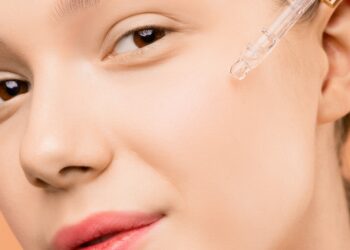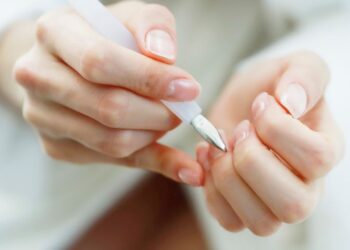If you have swollen, angry zits, you’re probably slathering on spot remedies to get rid of them as soon as possible. These potent vials and tubes contain targeted formulations designed to operate on the treat acne clogged, swollen pore, scrub it out, and prevent the pimple from becoming larger and more persistent. People, however, sometimes believe that these active ingredients are a one-stop cure, rub it all over their skin, and then experience redness and discomfort.
What is a spot treatment?

Spot therapy should be used with post-acne patches, active acne with just a few random bumps on the skin, and also black spots caused by old acne or an accident. The most popular ingredients for acne are salicylic acid, tea tree oil, and retinol, and if you want to brighten a dark spot, look for Vitamin C, glycolic acid, or lactic acid on the bottle. It can quickly irritate the skin or develop a rash if applied to nearby areas.
Don’t neglect your daily skincare regimen.
Only because you think you’ve found the right product to remove blemishes of some sort doesn’t mean you can abandon the rest of your routine. Spot therapies are typically used at night, but after cleansing, toning, and applying moisturizer, add the cream to your spot and leave it overnight. And if you want to use an acne patch during the day, start with your daily morning routine and then apply the patch over it. All of your pores, according to doctors, are like pipes that bind your sebaceous glands to the outside of your skin. Since these can become clogged at any time and worsen acne, it is safest to use active ingredients.
Use it in the correct order.
The active ingredients work better on clean skin, and applying a spot treat acne on top of a thicker cream or oil can prevent it from penetrating as well. However, if you’re just testing a new medication, such as a new retinoid, a thin layer of moisturizer before a spot treatment will help reduce discomfort.
Don’t think of moisturizer as a rival.
We’ve said it before and we’ll say it again: only because you have acne or dry skin doesn’t suggest you shouldn’t use moisturizer. Choose a lightweight, non-comedogenic, gel-based solution that can hydrate the skin without aggravating breakouts. In reality, if you’re using a spot cream, you can use a moisturizer as well. If you use an exfoliating spot cream or one that has the potential to dry out your skin (typically those used to treat acne), you must use a moisturizer at the very least in that area. Don’t use any irritants or even a home cure afterward so you could end up with burns or a rash.
Don’t expect miracles from dark spot therapies.
If you like to lighten post-acne scars or other dark spots with a brightening spot cream, it takes time and repeated use to see results. If there is pigmentation leftover from acne, add a spot cream containing salicylic acid, glycolic acid, niacinamide, Vitamin C, or arbutin to the dark spots; they should go away in three or four months.
Spot therapies should not be used excessively.
Yes, they work, but that doesn’t mean you can use them several times a day, every day. Using hard additives like retinol, AHAs, or BHAs on the spots only on alternating days because can irritate the skin and make the spots darker rather than brighter. If you use an erythromycin cream or another acne treatment at night, it will dry out the face, so keep it moisturized throughout the day.




